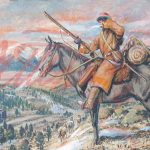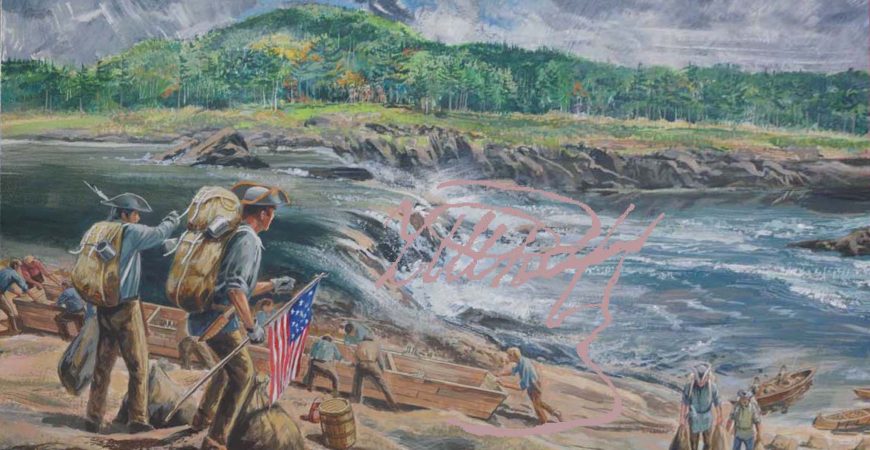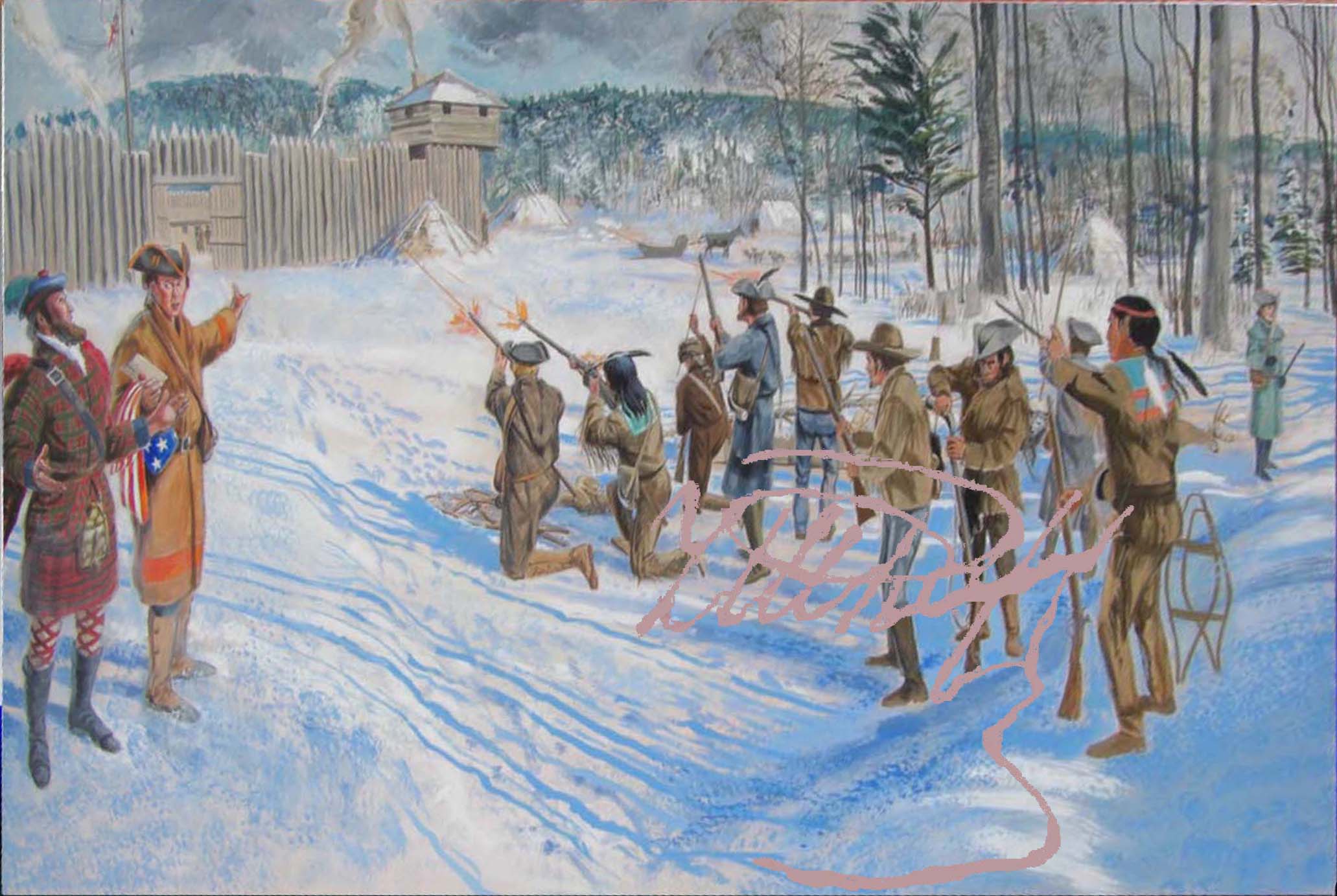We Hereby Designate the General Zebulon Montgomery Pike INTERNational Historic Trail [ZPIT]
The Pike National Historic Trail Association will manage the new trail featuring these four segments:
- Zebulon Montgomery Pike and Early Life
- Zebulon Montgomery Pike’s 1st Expedition – Upper Mississippi River
- Zebulon Montgomery Pike’s 2nd Expedition (Lieutenant/Captain) – Southwest
- Zebulon Montgomery Pike’s Later Life and Heroic Death
Zebulon Montgomery Pike and Early Life (Green Route 1441.6 + miles)
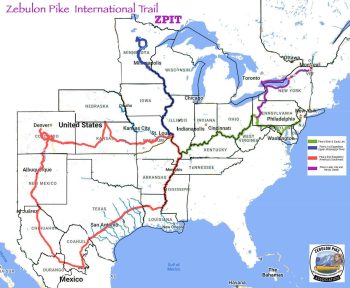 Pike was born on January 5, 1779, in Lamington, New Jersey. He was the son of Isabella (Brown) and Zebulon Pike, and would follow in the footsteps of his father, who had begun his own career in the military service of the United States in 1775 at the beginning of the American Revolutionary War.
Pike was born on January 5, 1779, in Lamington, New Jersey. He was the son of Isabella (Brown) and Zebulon Pike, and would follow in the footsteps of his father, who had begun his own career in the military service of the United States in 1775 at the beginning of the American Revolutionary War.
Zebulon Pike Jr. grew in Ohio and Illinois, learning by reading and learning some other languages.
At the age of 14 he joined the Army and his father’s regiment 1793.
He was commissioned second lieutenant of infantry in 1799 and promoted to first lieutenant that same year.
Pike married Clarissa Harlow Brown in 1801. They had one child who survived to adulthood, Clarissa Brown Pike, who later married President William Henry Harrison’s son, John Cleves Symmes Harrison.
He piloted several cargo boats on the Ohio River from Pittsburgh to Fort Maddox in southern Illinois, his father’s frontier fort. He was stationed at Fort Kaskaskia on the Mississippi before being called to Cantonment Belle Fontaine by General James Wilkinson, Territorial Governor of Louisiana.
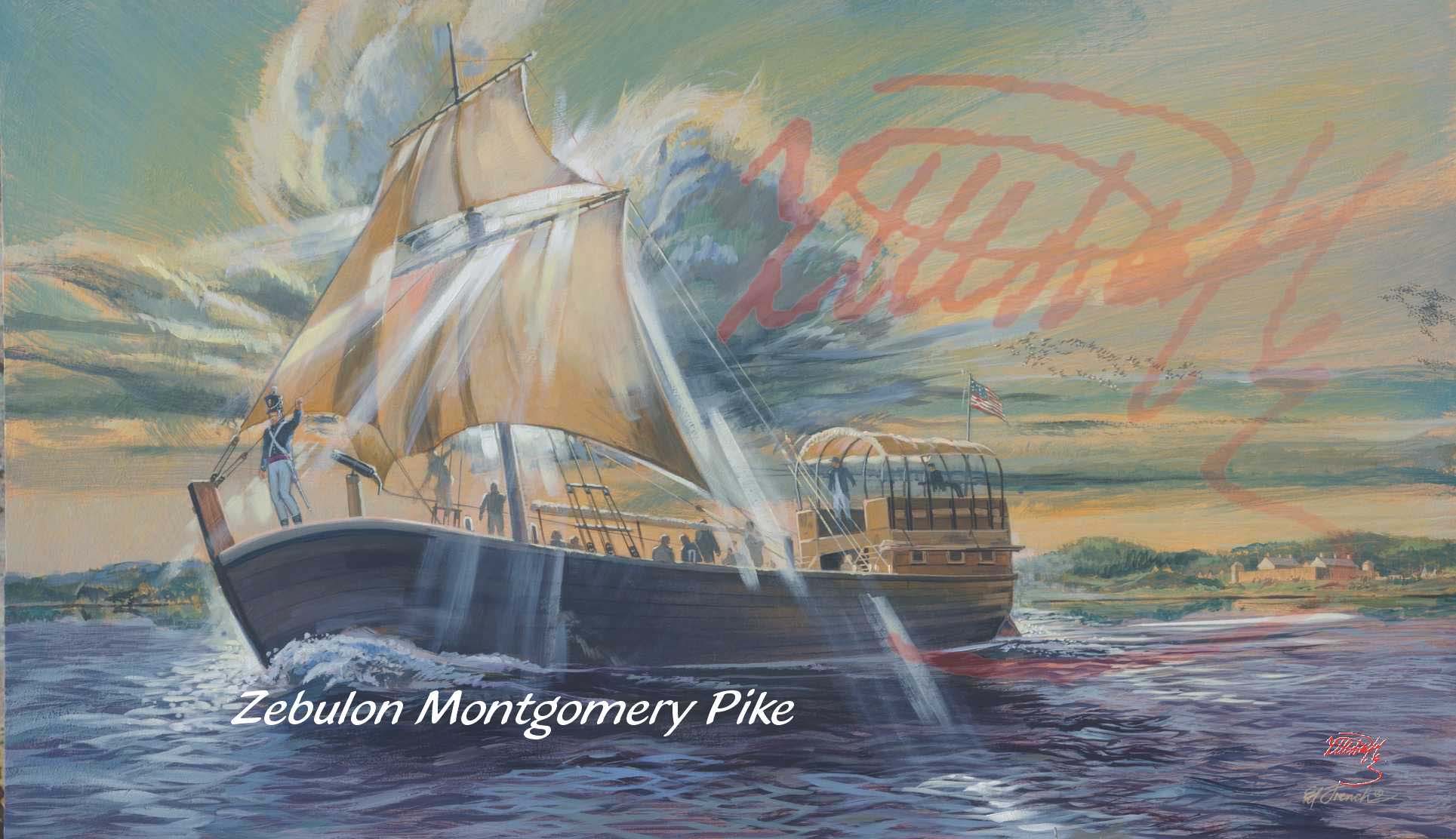
Painting by Ed French Depicting: Departing Fort Belle Fontaine
Zebulon Montgomery Pike’s 1st Expedition – Upper Mississippi River (Blue Route 1078.3 miles with Return Leg of 950 miles)
 General Wilkinson ordered Pike to 1) locate the source of the Mississippi River, 2) explore the northern portion of the newly created Louisiana Territory, and 3) expel Canadian fur traders illegally trading within the the United States.
General Wilkinson ordered Pike to 1) locate the source of the Mississippi River, 2) explore the northern portion of the newly created Louisiana Territory, and 3) expel Canadian fur traders illegally trading within the the United States.
Pike left Fort Belle Fontaine [north of St. Louis] by pirogue on August 9, 1805, proceeding upstream to today’s St. Paul. On September 21, he negotiated a treaty with the Dakota, purchasing the future site of Fort Snelling, Minneapolis and St. Paul.
On October 16 they constructed a winter camp at the mouth of the Swan River, south of present-day Little Falls, MN. On December 10, they continued upstream along the frozen river on foot, visiting several British North West Company fur posts along the way. They challenged the British for illegal trading and their presence at Cass Lake, Minnesota and began the return on February 18, 1807. They reached the Swan River stockade and their a hunting grounds on April 7, and Fort Belle Fontaine on April 20, 1806.
Zebulon Montgomery Pike’s 2nd Expedition [Lieutenant/Captain] – Southwest (Red Route 2684.55 + miles)
 This expedition in 1806 and 1807 covered over 3660 miles from the mouth of the Missouri River north of St. Louis [Fort Belle Fontaine July 15, 1806] to Natchitoches Parish, Louisiana [Fort Clybourn July 1, 1807.]
This expedition in 1806 and 1807 covered over 3660 miles from the mouth of the Missouri River north of St. Louis [Fort Belle Fontaine July 15, 1806] to Natchitoches Parish, Louisiana [Fort Clybourn July 1, 1807.]
Wilkinson ordered Pike to:
- explore, map, and find the headwaters of the Arkansas and Red rivers
- evaluate natural resources and establish friendly relations with Native Americans
- return Osage and Pawnee Indians to their homeland in western Missouri and northern Kansas
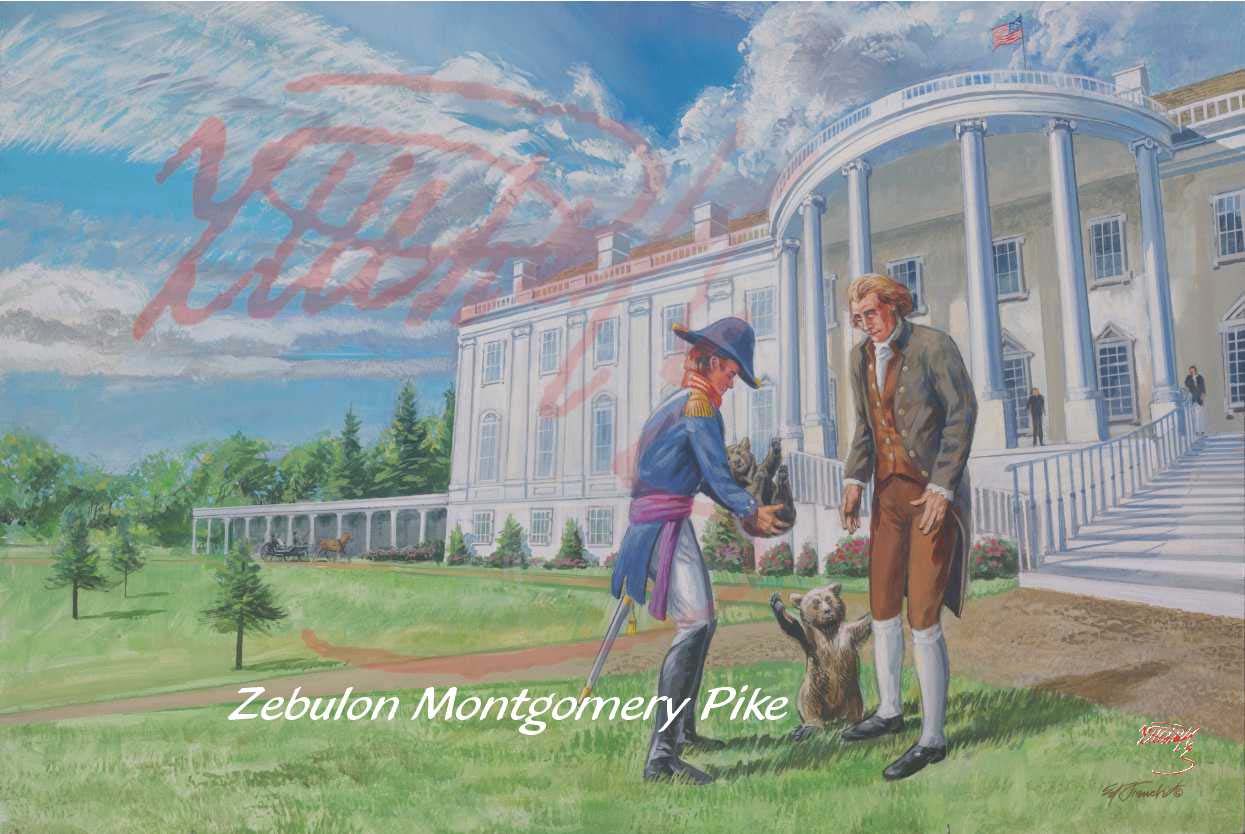
Painting by Ed French Depicting: Zebulon Pike Presenting Gifts to President Jefferson
Zebulon Montgomery Pike’s Later Life and Heroic Death
Lt. Pike was promoted to captain during the southwestern expedition November 1806. In 1811, Pike fought with and trained the 4th Infantry Regiment at the successful Battle of Tippecanoe. He was promoted to colonel of the 15th Infantry Regiment in July 1812.
Col. Pike led the building of a Cantonment at Plattsburgh, NY on Lake Champlain in late October / November 1812 to assess the strength of British troops in Montreal. He was 30 mi. from Montreal and the British forces.
Pike commanded the advance guard of an American force which was defeated at the Battle of Lacolle River [45.06913, -73.34209] was fought on November 20, 1812, during the War of 1812 because poorly planned and misled by commanding General Henry Dearborn*. In this relatively light skirmish, a very small garrison of Canadian militia, with the assistance of Kahnawake Mohawk warriors, defended the Lacolle Mills Blockhouse on the Montreal road bridge [32 mi from Montreal] over the Lacolle River at the village of Lacolle, Quebec against a disorganized American attack.
Pike was promoted to brigadier general in March 1813.
Along with General Jacob Brown, Pike departed from the newly fortified rural military outpost of Sackets Harbor, on the New York shore of Lake Ontario, for what became his last military campaign. On this expedition, Gen. Pike commanded combat troops in the successful attack on York (now Toronto) on April 27, 1813. Pike was killed, along with numerous other American troops, by flying rocks and other debris when the withdrawing British garrison blew up its ammunition magazine as Pike’s troops approached Fort York. His body was brought by ship back to Sackets Harbor on his lead ship- the Madison where his remains were buried at the military cemetery there. War of 1812 44.669470, -73.482049
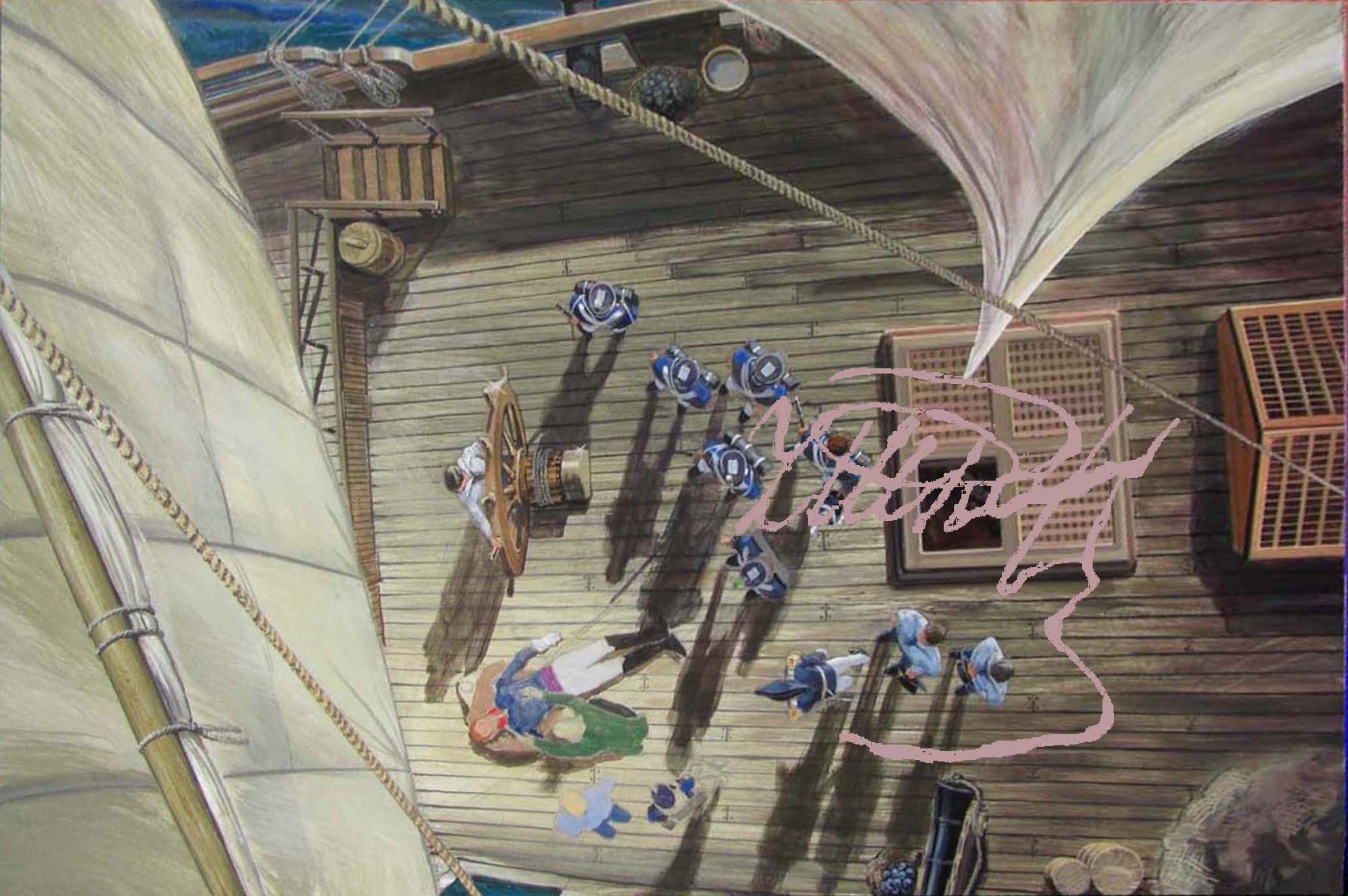
Painting by Ed French Depicting: Zebulon Pike and a Life Well Spent
Pike’s Later Life and Heroic Death (Violet Route 1069.97 miles)
 I have a special interest here because I graduated from Fort Dearborn Elementary School in Chicago. (Fort Dearborn was at the Chicago River and Michigan Avenue in downtown Chicago across from Tribune Tower and the Wrigley building.) General Henry Dearborn was Jefferson’s Secretary of War and an inept battlefield commander. He served as Secretary of War under President Thomas Jefferson, from 1801 to 1809, and served as a commanding general in the War of 1812.
I have a special interest here because I graduated from Fort Dearborn Elementary School in Chicago. (Fort Dearborn was at the Chicago River and Michigan Avenue in downtown Chicago across from Tribune Tower and the Wrigley building.) General Henry Dearborn was Jefferson’s Secretary of War and an inept battlefield commander. He served as Secretary of War under President Thomas Jefferson, from 1801 to 1809, and served as a commanding general in the War of 1812.
In six years, Pike was promoted from Captain to Brigadier General:
- Private Zebulon Montgomery Pike 1793–1798
- Commissioned Second Lieutenant of infantry in 1799
- Promoted to First Lieutenant in 1799
- Captain during the southwestern expedition November 1806
- Colonel of the 15th Infantry Regiment in July 1812
- Brigadier General in March 1813
Zebulon Pike was an American hero, a patriot who lived and died for his country.
~Thomas Jefferson
Benefits of Our Designating the Trail
To heck with the park service. No designation needed by Congress and we can immediately promote Pike’s first and second expedition, his death, his early life, etc. No more spending 14 months on the feasibility study that turned up nothing, public meetings and committee hearings.
- The Association gets away from interference from our primary mission to educate the public domestic and foreign about General Zebulon Montgomery Pike.
- We can still get the word out and promote Pike’s legacy for the public, foreign and domestic unencumbered.
- The public gains a much more concentrated effort to travel on the ZPIT and to learn about General Pike, truly a national hero.
- Skips Congress, the Park Service, and all the rules/regs stuff.
- We are the management team – not the Park Service, Forest Service or BLM.
What’s in a Name?
The General Zebulon Pike International Historic Trail 2x International
<or>
ZIP-IT: Zebulon Pike International Historic Trail [Doubly International]
Zebulon Pike war ein amerikanischer Held, ein Patriot, der für sein Land lebte und starb für sein Land.
~Thomas Jefferson
ZPIT Stats
- 7225 miles long, stretches nearly coast to coast, border to border and is two times international
- 1960 miles across the US
- 79 miles short [in Minnesota] of the US/Canadian border north and south – border to border US
- 327 miles short of the oceans east and west – Atlantic to Pacific – nearly coast to coast, crossing country borders
- 37 miles from the Atlantic 327 miles short of 2287 miles across North America
- 290 miles from the Pacific
- features most of America, the US, the United States
ZPIT Traverses 24 States, DC, 3 Mexican Provinces And 2 Canadian Provinces
Arkansas, Colorado, Delaware, Illinois, Indiana, Iowa, Kansas, Kentucky, Louisiana, Maryland, Minnesota, Mississippi, Missouri, Nebraska, New Jersey, New Mexico, New York, Ohio, Pennsylvania, Tennessee, Texas, Vermont, Washington DC, West Virginia and Wisconsin
Mexico-Chihuahua, Durango and Coahuila
Canada-Ontario and Quebec (toward Montreal from Plattsburgh, Lake Champlain)
Significance
5 states ultimately owe their statehood to the exploration and gathering of information by Zebulon Pike:
- Kansas
- Colorado
- New Mexico
- Texas
- Missouri
- Oklahoma (to some extent)
Working for the fulfillment of Jefferson’s manifest destiny.
Original information was collected by Pike for the Mexican American War [1846] as well as the support for Mexican Independence [1821]. Pike was well aware through interviews with the population of the general dissatisfaction for the Spanish government and wrote about it in his 1810 journal.
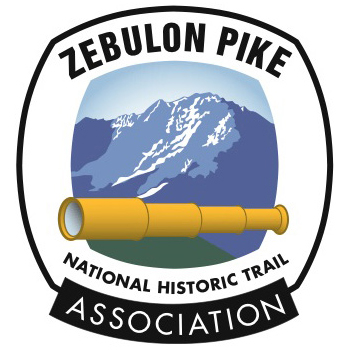
![Introducing the General Zebulon Montgomery Pike INTERNational Historic Trail [ZPIT]](https://www.zebulonpike.org/wp-content/uploads/2018/07/21-St-Anthony-Falls-144dpi-wm-150x150.jpg)

